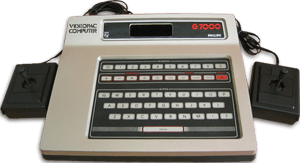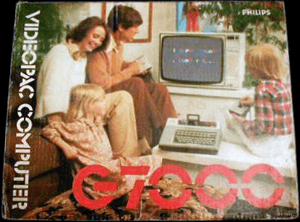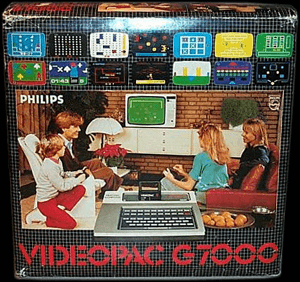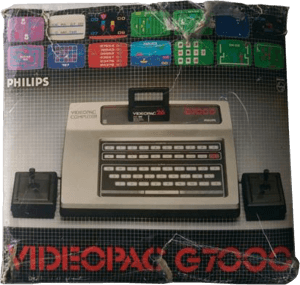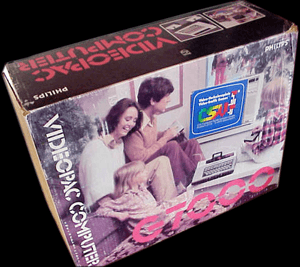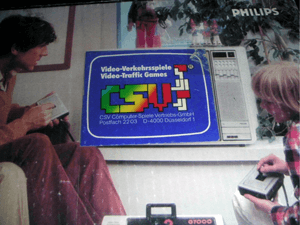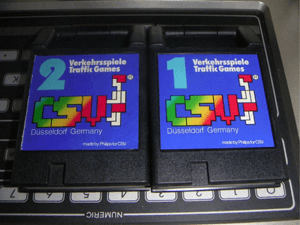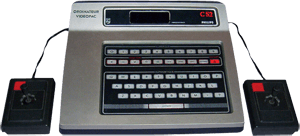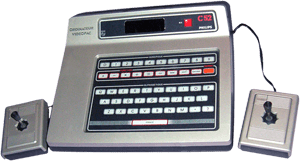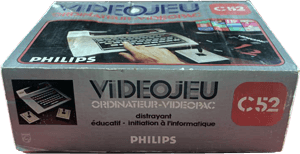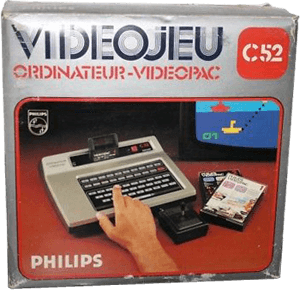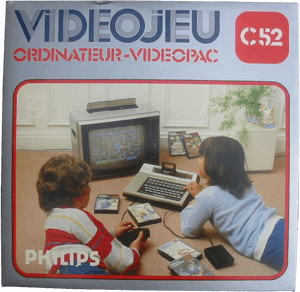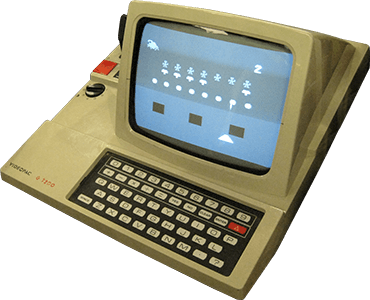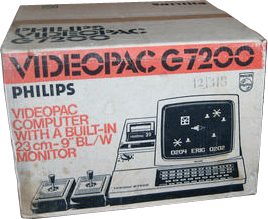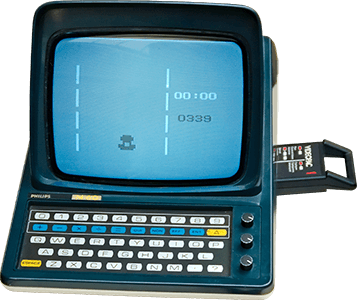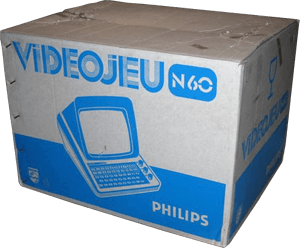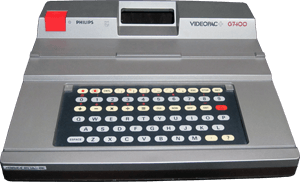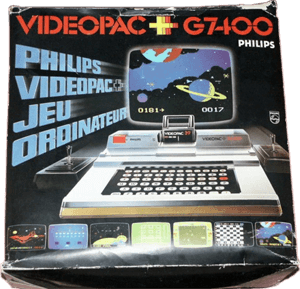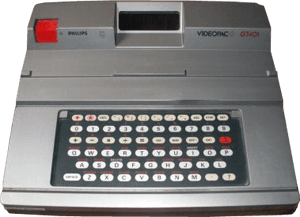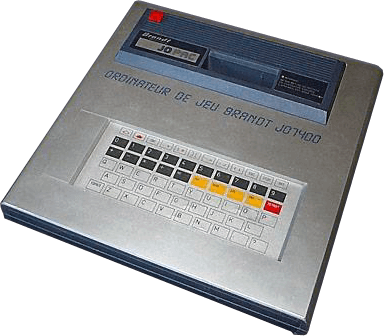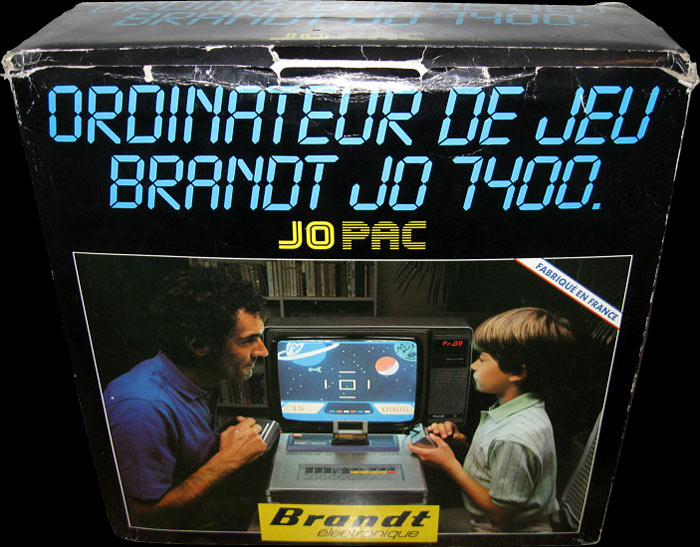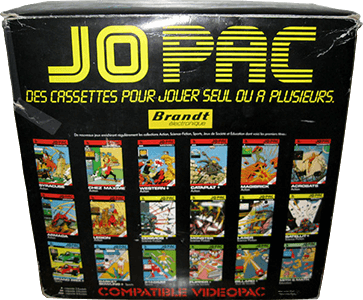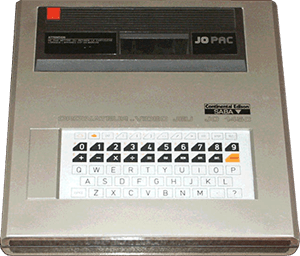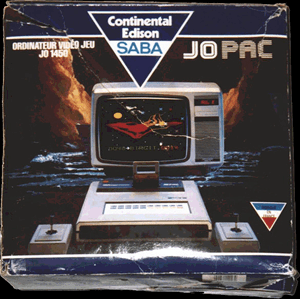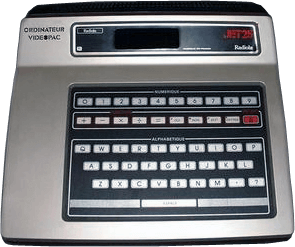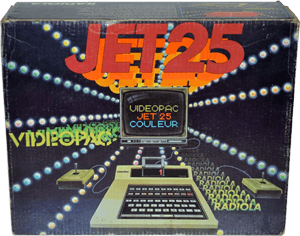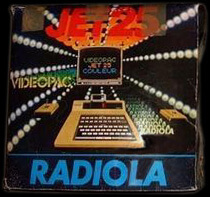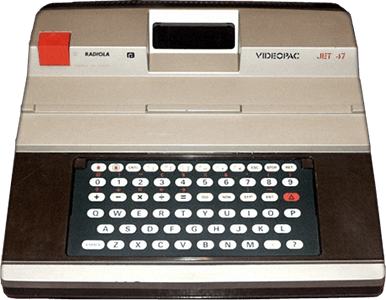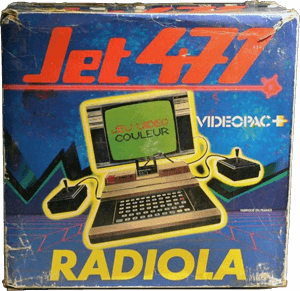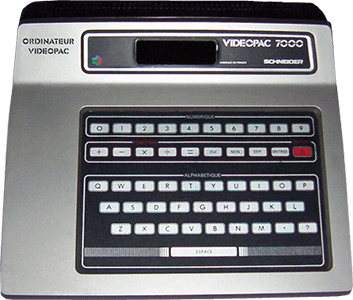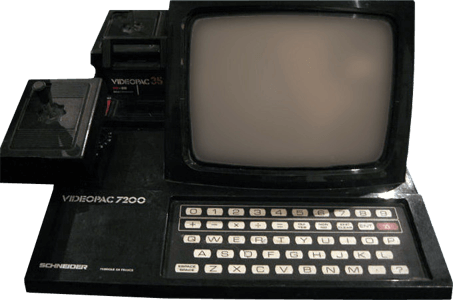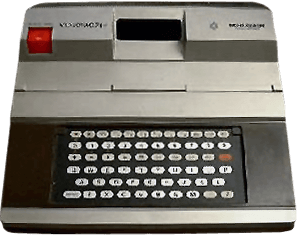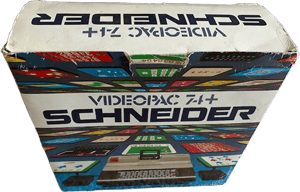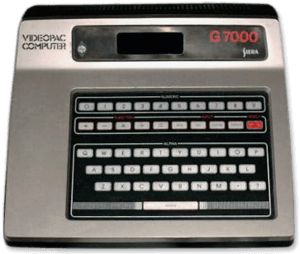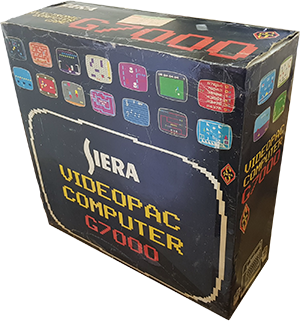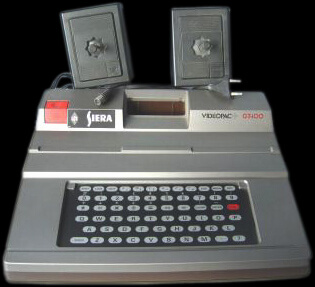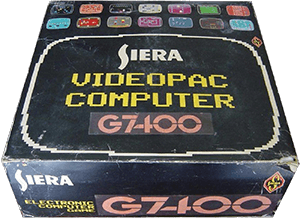EUROPEAN CONSOLES!
Perhaps a better name for this section would be, "Consoles sold in Europe... and France." Generally, all consoles sold in Europe and the UK were made and distributed by Philips and were the same. But in France, Philips licensed its technology to several different companies, each of which came out with their own versions of the machines. Philips even renamed and repackaged some its own consoles for French sale.
European Console Equivalency List
| Philips (Europe) | Philips (France) | Brandt (Jopac) | Continental Edison/SABA | Radiola | Schneider | Siera |
|---|---|---|---|---|---|---|
| G7000 | C52 | - | - | Jet 25 | 7000 | G7000 |
| G7200 | N60 | - | - | Jet 27 | 7200 | - |
| G7400 | - | J0 7400 | J0 1450 | Jet 47 | 74+ | G7400 |
| G7401 | - | - | - | Jet 471 | 741+ | - |

Philips was the principal manufacturer and distributor of Odyssey²-compatible "Videopac" consoles throughout Europe. A number of different Philips models were available.
Philips Videopac G7000
The G7000 is the European version of the Odyssey². It looks practically the same as the American console, although interestingly, the G7000 has no power button – the word "G7000" appears in its place. You turn on the console simply by plugging it in. The words "Videopac Computer" are stenciled to the left of the cartridge slot. Some G7000 models have hardwired black joysticks (with black fire buttons), while others have detachable silver joysticks. There are also two different G7000 box styles; one showing a happy family with mom & dad, and another, more "computerized" design, that shows only kids. Like most European electronic devices, the G7000 runs on the PAL electrical standard. However, most (but not all) G7000 cartridges will still function on American Odyssey² units.
Philips Videopac G7000, CSV Video-Traffic Games Edition
This set wasn't officially sold; it was given to primary schools in a small region of West Germany. The package consisted of a G7000 console and two special games – Verkehrsspiele 1 and Verkehrsspiele 2 ("Traffic Games" 1 & 2) – that were used to teach children how to behave on the street. The set is nothing more than a repackaging of a regular Philips G7000. The package comes with a special "Video-Traffic Games" sticker affixed to the TV screen depicted by the box art. It contains a regular G7000, the two games, and some documentation. These sets are extremely rare.
Philips C52
This is the French version of the G7000. Released in 1979, it is essentially identical to the G7000 except for its name and identifying marks. However, there are at least two different models of the C52; one has a power switch, and the other doesn't. All writing on the console is in French instead of English. Some C52 models have black joysticks, while others have silver controllers. At least three different C52 box designs are known: one shows a boy and girl playing the black-joystick model, a second shows a hand pressing a key on the black-joystick model, and a third shows a practially identical photo of a hand pressing a key on the silver-joystick model. Being French, the C52 likely outputs a SECAM television signal.
Philips Videopac G7200
The G7200 is truly an unusual item. Released only in Europe, it is basically a G7000 with a built-in black-and-white monitor. It has a smaller keyboard than other units, and black joysticks. This unit could almost be considered a "portable" if not for its weight. Both an English-language and a French-language version of the G7200 exist. The more-common French version asks "Quel Jeu?" rather than "Select Game" and has French labeling on the keyboard. The G7200 is particularly difficult to obtain outside of Europe because shipping it overseas is expensive. It has been reported that a prototype version of an American G7200 exists as well, but I have yet to confirm this.
Philips N60
The N60 is an extremely rare console with a built-in black-and-white screen, similar to the G7200 but more compact, with a darker blue-gray plastic casing that is somewhat smaller in size. It uses the C52 motherboard. Cartridges plug into the right side of this unit, and joysticks are hardwired in the back. N60s have been seen with all-black joysticks and with joysticks that have black tops and beige bases. According to Videopac.org, the N60 was sold only in France and the Netherlands, and the design was modeled after the Minitel 1A terminal, for a pre-World Wide Web online information service that originated in France. The box for the N60 is a very plain, two-toned blue-and-white design; packaging that would be more appropriate for a business machine than a game console. One has to wonder if the N60 was just an attempt to productize some leftover C52 boards and Minitel cases? Videopac.org calls this the rarest of the Videopac line of consoles, not counting prototypes.
Philips Videopac+ G7400
The G7400 is the European version of the Odyssey3 Command Center, the next-generation follow-up to the Odyssey² that was never released in America. Unlike the American version, the G7400 saw limited commercial release. A handful of enhanced-background games (the "Plus" series), and G7400-only releases accompanied the console in Europe only. The games and consoles are not common, but certainly not impossible to find. It is possible – though complicated – to import and use G7400 consoles in the United States. Consult the G7400 Import Guide to learn more.
Philips Videopac+ G7401
The G7401 is essentially identical to the G7400, but uses a Péritel plug for video output instead of a normal TV antenna plug. The Péritel is a standard French 40-pin connector, equivalent to SCART, which allows video input devices to be directly recognized by televisions without setting up a channel. This makes it easier to use outside of PAL regions, in countries such as the U.S. For this reason, the G7401 is the more desirable console, but unfortunately it is much rarer than the G7400.

The French company Hotchkiss-Brandt originally produced refrigerators and washing machines. After merging with Thomson, a major French electronics firm and defense constractor, Brandt électronique became a home consumer electonics brand. In the G7000's heyday, Thomson-Brandt had a licensing arrangement with Philips that allowed the French company to repackage and distribute Videopac games under its "Jopac" label. [1] [2]
Brandt électronique J0 7400
The J0 7400 is otherwise known as the Jopac console. While it uses the same hardware and is compatible with the G7400, it looks quite different. It is flatter than other Videopac consoles, and has a slightly different membrane keyboard, and detachable joysticks. This console only came out in France, and is quite difficult to find, although it seems to be the most common company variant of the G7400. (Box photos courtesy Classic Consoles Center.)
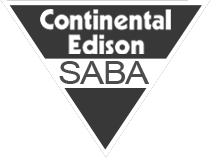
Continental Edison was founded by Thomas Edison in 1882. In 1971, the brand became French after being purchased by Thomson-Brandt. SABA (Schwarzwälder Apparate-Bau-Anstalt) was a German consumer electronics company founded in 1835 and purchased by Thomson-Brandt in 1980. So the SABA J0 1450 appears to be another instance of Thomson marketing Videopac technology under locally-recognizable brand names in France. [1] [2]
Continental Edison/SABA J0 1450
The J0 1450 is a company variation of the J0 7400 that came out only in France, probably released in late 1983 or even as late as 1984. The unit ouputs a SECAM video signal and is designed to work on the 220V/230V 50 Hz power standard. It contains a Péritel (SCART) port in addition to an RF cable. Continental Edison/SABA's machine is of the same basic design as the J0 7400 and even boasts a Jopac logo, although it is on the opposite side of the cart slot. The console has different identifying logos than the J0 7400, and the keyboard looks a bit different as well. The J0 1450's joysticks are beige, like the J0 7400's. This machine is very rare.

The Philips subsidiary Radiotechnique-Compelec (RTC) was apparently responsible for the commercial distribution of the Radiola brand in France. Philips originally established Radiola to market and sell television sets that were of a lower quality – and therefore cheaper – than the typical Philips product. This strategy enabled Philips to reach a different type of consumer without damaging its flagship brand.
Radiola Jet 25
The Jet 25 is the version of the G7000 distributed by Radiola. It is identical to the C52 with the exception of its logos and identifying markings. Some (all?) Jet 25 consoles use the SECAM television standard. There are at least two models of the Jet 25, one with a power switch and one without. Reportedly, Jet 25 consoles were packaged in at least 2 or 3 different kinds of boxes. I have seen two; both show a console, television, Videopac logo, and the words "JET 25" (in red) with a vanishing point effect. One has a Radiola logo in blue, and the other does not. Both have a very '70s, disco look.
Radiola Jet 27
The Jet 27 is Radiola's version of the G7200. Again, the consoles are nearly identical except for the Jet 27's housing, which is very dark navy blue, almost black. It can also be connected to a separate television monitor through a Péritel connector. A Jet 27 with a white casing was pictured in a Radiola catalog, but it was apparently never released that way. This machine is rarely seen, and I've never even seen a photo of its box online!
Radiola Jet 47
The Jet 47 is the Radiola version of the G7400. The design of the console is physically the same, except that the plastic surrounding the keyboard is a dark color instead of the G7400's standard silver. The keyboard itself also has some minor differences in terms of how the keys are labeled. The box for this console is identical to the Jet 471's box, except for the "1" after "Jet 47".

Like Radiola, Schneider distributed Videopac games and consoles in France. Schneider RT, perhaps better known as a television set manufacturer in the west of France, seems to have been a subsidiary of Philiips. Perhaps because of its fame as a TV set brand, Philips marketed Videopac machines under the Schneider banner in parts of France.
Schneider 7200
The Schneider 7200 is the Schneider version of the G7200. Just like the Radiola Jet 27, it features a built-in screen, and is a dark navy blue, almost black. It is rumored that a white version exists also, but this is unconfirmed. Other than its color and identifying marks, this console is essentially identical to the Philips and Radiola versions.
Schneider Videopac 74+
The Schneider Videopac 74+ is the Schneider version of the G7400. Physically the console closely resembles the Philips version, but like the Radiola Jet 47, the plastic panel surrounding the keyboard of the Schneider 74+ is a dark color instead of silver. Unlike the Jet 47, the 74+ has words stenciled above the power switch.
Schneider Videopac 741+
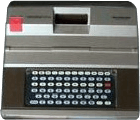
The Schneider Videopac 741+ is the Schneider version of the G7401. Physically it is identical to the Schneider 74+, but contains an additional Péritel (SCART) port. All Schneider machines are rare, but this is likely the toughest to find.
Siera was yet another brand name under which Videopac games and consoles were marketed in Europe. Little is known about Siera except that it was a Belgian radio and television manufacturer. According to Videopac researcher Maurice Simon, Siera was a "daughter" corporation of Philips that also sold Philips radio and television equipment in Belgium. Perhaps because Siera was a recognized Belgian brand, Philips marketed Videopac consoles and games using the Siera name. It is not known if Siera games were limited exclusively to Belgium, but they are quite scarce today, so it seems safe to say they did not receive wide distribution.
Siera Videopac + G7400
Siera Videopac + G7400 is Siera's version of the G7400. It looks practically identical to the Philips version except for a large Siera logo placed next to the power switch. A very rare and obscure item. This site was online for years before I became aware that this console even existed!
